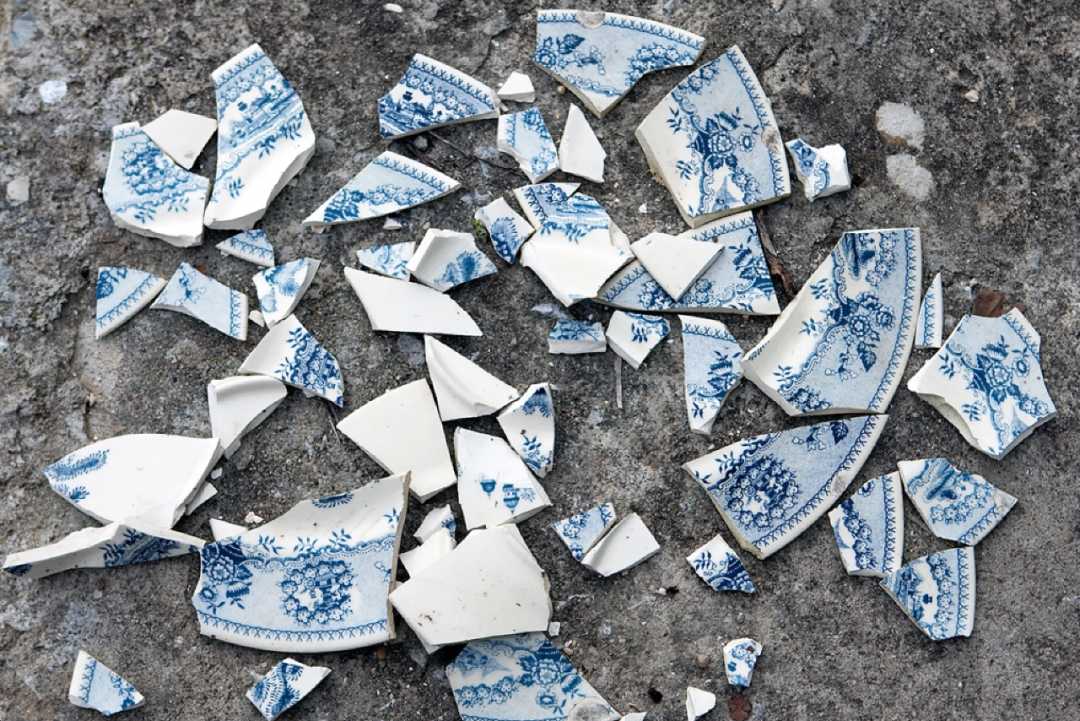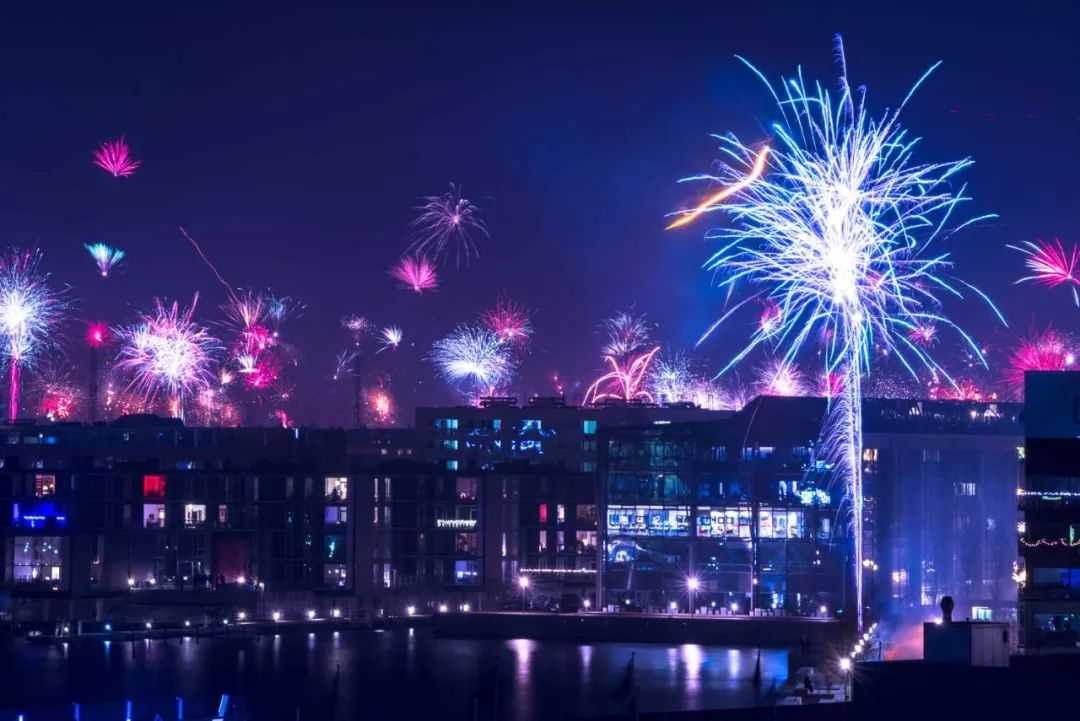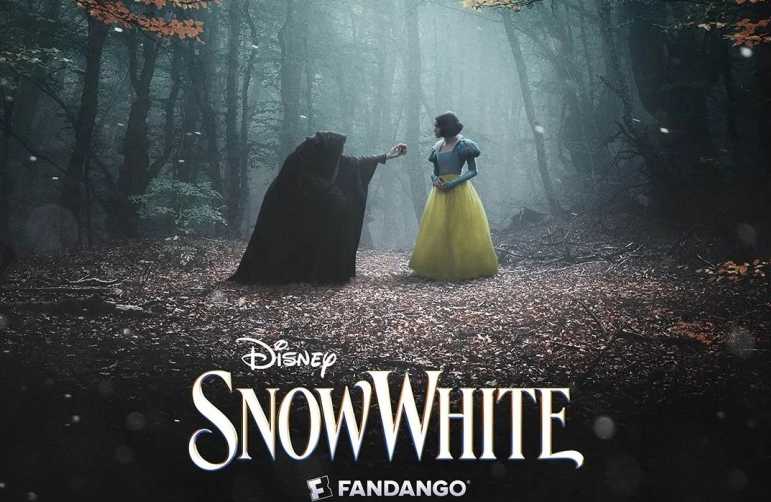Denmark: Table-Jumping and Plate-Smashing Traditions
In Denmark, ringing in the new year is a literal leap into the future—quite literally. As the clock strikes midnight, Danes gather around tables and chairs, then spring off them with a cheer, symbolically "jumping into the new year." This energetic ritual is followed by fireworks lighting up the winter sky, blending playfulness with deep-rooted belief.

Source: Images from the Internet, if there is any infringement, please contact the removal of
The Physics of Good Fortune: Leaping into the Unknown
The act of jumping from a raised surface carries symbolic weight: Danes believe it helps overcome challenges by embodying the idea that "what goes down must come up." By starting the year with a literal descent, they hope to leave hardships behind and ensure upward momentum for the months ahead. This tradition, often done with family and friends, turns the stroke of midnight into a synchronized burst of movement—a joyful defiance of gravity and a toast to better days.

Source: Images from the Internet, if there is any infringement, please contact the removal of
Shattered Plates, Solid Friendships
Equally distinctive is the custom of smashing plates and collecting their fragments. In the days leading up to New Year’s Eve, households gather broken crockery, then sneakily deposit the shards on friends’ doorsteps under the cover of night. Come 元旦 (New Year’s Day), a doorstep piled high with smashed pottery is a badge of honor: the more fragments, the more cherished friendships, and the luckier the year ahead.
This practice harks back to ancient Nordic beliefs, where broken objects were thought to ward off evil spirits. Over time, it evolved into a social ritual—an anonymous act of goodwill that reinforces community bonds. Children often take delight in the sneaky deliveries, turning the tradition into a playful game of stealth.
A Winter Wonderland of Rituals
In rural areas, the traditions extend further: some families burn effigies of the old year to symbolize letting go of past troubles, while others enjoy kransekage (a ring-shaped almond cake) and mulled wine. The Danish New Year combines whimsy with symbolism—from the physical act of jumping to the symbolic weight of smashed plates—creating a unique blend of joy, superstition, and communal spirit. As the first light of the new year rises over frosty landscapes, these traditions leave Danes with shattered crockery on their doorsteps and the promise of a vibrant year ahead.
-------- END --------






